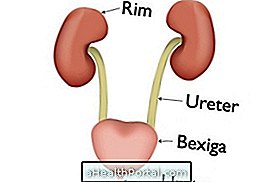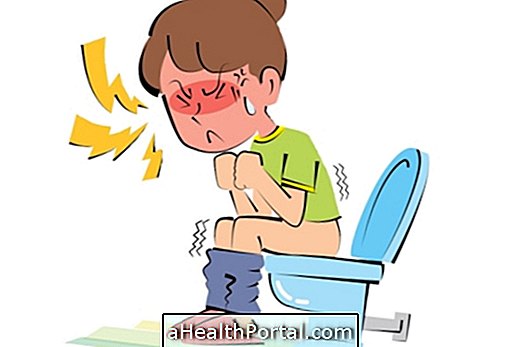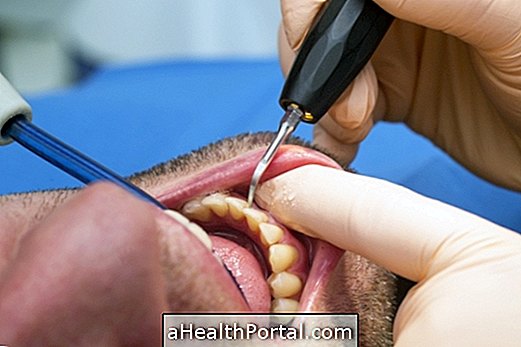Hydronephrosis is the dilatation of the kidney that happens when urine can not pass into the bladder and therefore accumulates inside the kidney. When this happens, the kidney can not function normally and, over time, its function decreases and there may be a risk of developing kidney failure.
Hydronephrosis usually arises as a complication of another disease, such as kidney stone or tumor in the urinary tract, and it is recommended to consult the nephrologist or general practitioner to identify the cause of the problem and initiate appropriate treatment in order to avoid more severe sequelae.
In most cases, hydronephrosis affects only one of the kidneys, but bilateral hydronephrosis may also occur, in which the symptoms may appear more quickly and be more intense, as both kidneys are affected.

Main symptoms
The first symptoms of hydronephrosis are lighter and usually include the urge to urinate frequently and the sudden urge to urinate. However, over time, other signs may arise such as:
- Constant pain in the abdomen;
- Nausea and vomiting;
- Pain when urinating;
- Feeling of full bladder even after urinating;
- Mild fever.
In addition, people with hydronephrosis also have a higher risk of developing urinary tract infections, which are accompanied by other symptoms such as burning sensation during urination, blurred urine, back pain and chills. See a more complete list of symptoms of urinary tract infection.
Whenever a urinary problem is suspected, it is important to go to the gynecologist, nephrologist, or urologist to perform diagnostic tests, such as ultrasound, urinalysis, or blood test to identify a possible cause and initiate appropriate treatment.
Possible Causes of Hydronephrosis
Hydronephrosis usually arises when there is a blockage in the ureters, which are the channels that carry urine from the kidney to the bladder, preventing the passage of urine. Some situations that can cause this blockage are kidney stone, urinary tract tumors or prostate enlargement in men, for example.
In addition, hydronephrosis is also very common during pregnancy because the growth of the fetus inside the uterus can end up pressing the urinary tract and preventing the passage of urine, which then accumulates inside the kidney.
How is the treatment done?
The treatment for hydronephrosis is to remove the accumulated urine and eliminate the cause of the disease so that the urine can flow freely into the bladder and out of the kidney, reducing swelling. Thus, treatment may vary according to the cause of hydronephrosis:
- Kidney stone : Your doctor may recommend doing ultrasound therapy or surgery to remove the stone, according to size;
- Prostate enlargement in man : A small network may be placed inside the urinary tract to relieve pressure caused by the prostate and allow urine flow;
- Urinary infections : can be treated only with the use of an antibiotic such as Amoxicillin or Ceprofloxacin
In the case of tumors, surgery may be necessary to remove the mass, and it may be necessary to treat chemo or radiotherapy, for example. Understand better how a bladder tumor is treated.
Usually, the kidney recovers within 6 weeks after the start of treatment, with no risk of further organ damage beyond those that have already occurred up to the time treatment is started.
Possible complications of hydronephrosis
When the hydronephrosis is not treated properly, the swelling of the kidney will cause small damages that hinder the functioning of the organ. Thus, over time important mineral imbalances of the body can arise as well as serious infections in the kidneys, in addition to a high risk of developing kidney failure.

























